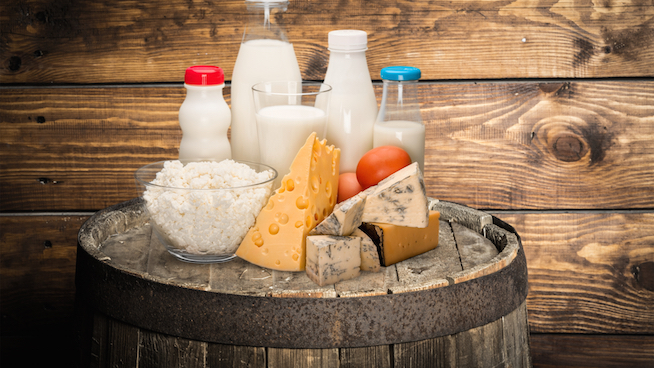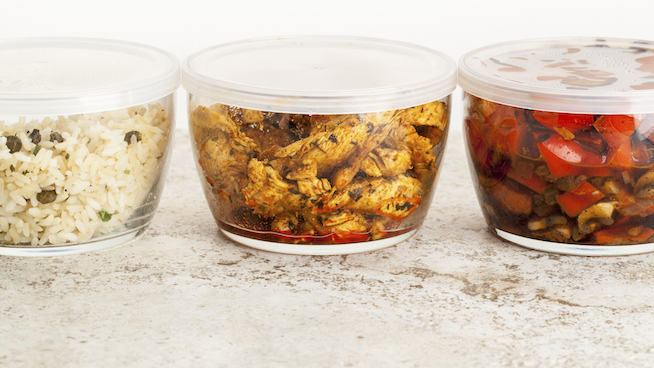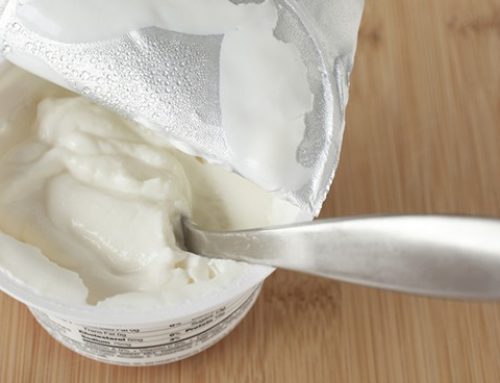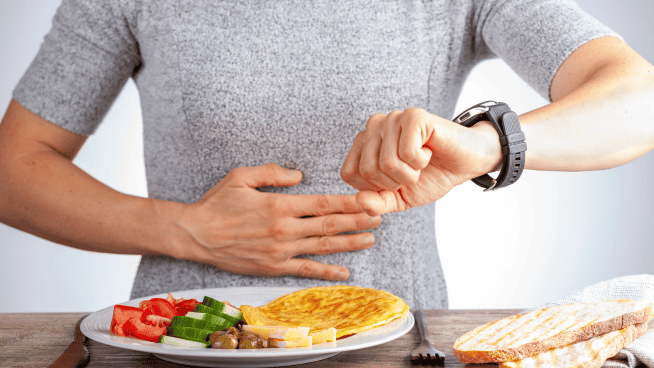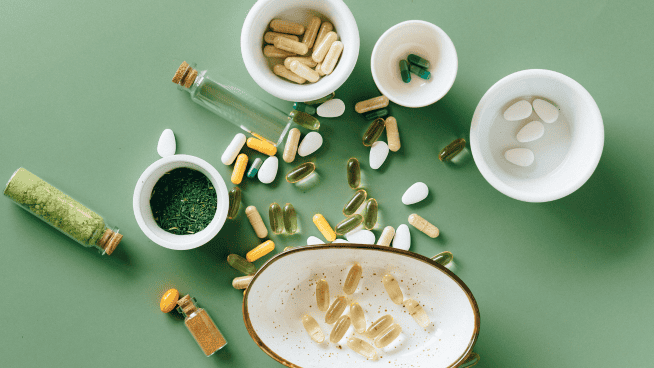How to Incorporate Healthy Fats Into Your Diet
You’re trying to eat healthy, so you purchase low-fat peanut butter instead of regular. It’s a better option, right? Wrong.
Take a look at the regular peanut butter label. One serving (two tablespoons) contains about 80% unsaturated omega-3 fat from peanuts. To cut calories for the “low-fat” version, food manufacturers replace this fat with maltodextrin, a food additive to replicate texture and taste. When you select low-fat peanut butter, you are trading the healthy fat of regular peanut butter for empty carbs and double the sugar. Is it worth it to save a meager 10 calories? (See also Fat Content Misconceptions on Nutrition Labels.)
The words “low-fat” and “fat-free” have made healthy eating confusing. Like protein and carbohydrates, fat provides your body with energy. (Check out the role they play in your performance: Fat in a Sports Diet.)
Omega fats are important because your body can’t make them on its on. You need to get them from your diet in order to survive. That’s why you should be more concerned about the type of fat you’re consuming than the amount.
A diet rich in healthy omega-3, unsaturated fat promotes heart health by lowering cholesterol and triglyceride levels. Omega-3 and omega-6 fatty acids also help reduce joint inflammation and prevent protein breakdown, which inhibits muscle formation and enzyme production). (See The Fats You Need.)
You shouldn’t be afraid of fat. Just educate yourself about how to find the right balance of healthier fats. It’s simple. Just swap out unhealthy fats for healthier kinds. It may take practice, so here are eight ways you can make the switch to healthy fats.
- Having toast for breakfast? Replace butter or jelly with natural peanut butter.
- Stir chia seeds into yogurt or oatmeal. They add a crunchy texture and volume to your breakfast bowl.
- Add ground flax to your smoothies. You won’t even know they’re there.
- Next time you’re eating cereal, sprinkle walnuts on top for added crunch.
- Replace mayo with sliced avocado or guacamole as a sandwich topper.
- Try water-packed canned salmon or tuna over salad or pair with crackers.
- Use olive oil and lemon juice as a salad dressing.
- Snack on a trail mix of nuts and seeds.
Fat Cheat Card
Always choose unsaturated (omega) fats over saturated. Pick fat sources like fish (salmon and tuna), avocados, nuts and seeds, and olive oil when dining out. Limit your intake of red meat and full-fat dairy and cheese.
Even with healthy fats, you can have too much of a good thing. So be mindful of portions.
RECOMMENDED FOR YOU
MOST POPULAR
How to Incorporate Healthy Fats Into Your Diet
You’re trying to eat healthy, so you purchase low-fat peanut butter instead of regular. It’s a better option, right? Wrong.
Take a look at the regular peanut butter label. One serving (two tablespoons) contains about 80% unsaturated omega-3 fat from peanuts. To cut calories for the “low-fat” version, food manufacturers replace this fat with maltodextrin, a food additive to replicate texture and taste. When you select low-fat peanut butter, you are trading the healthy fat of regular peanut butter for empty carbs and double the sugar. Is it worth it to save a meager 10 calories? (See also Fat Content Misconceptions on Nutrition Labels.)
The words “low-fat” and “fat-free” have made healthy eating confusing. Like protein and carbohydrates, fat provides your body with energy. (Check out the role they play in your performance: Fat in a Sports Diet.)
Omega fats are important because your body can’t make them on its on. You need to get them from your diet in order to survive. That’s why you should be more concerned about the type of fat you’re consuming than the amount.
A diet rich in healthy omega-3, unsaturated fat promotes heart health by lowering cholesterol and triglyceride levels. Omega-3 and omega-6 fatty acids also help reduce joint inflammation and prevent protein breakdown, which inhibits muscle formation and enzyme production). (See The Fats You Need.)
You shouldn’t be afraid of fat. Just educate yourself about how to find the right balance of healthier fats. It’s simple. Just swap out unhealthy fats for healthier kinds. It may take practice, so here are eight ways you can make the switch to healthy fats.
- Having toast for breakfast? Replace butter or jelly with natural peanut butter.
- Stir chia seeds into yogurt or oatmeal. They add a crunchy texture and volume to your breakfast bowl.
- Add ground flax to your smoothies. You won’t even know they’re there.
- Next time you’re eating cereal, sprinkle walnuts on top for added crunch.
- Replace mayo with sliced avocado or guacamole as a sandwich topper.
- Try water-packed canned salmon or tuna over salad or pair with crackers.
- Use olive oil and lemon juice as a salad dressing.
- Snack on a trail mix of nuts and seeds.
Fat Cheat Card
Always choose unsaturated (omega) fats over saturated. Pick fat sources like fish (salmon and tuna), avocados, nuts and seeds, and olive oil when dining out. Limit your intake of red meat and full-fat dairy and cheese.
Even with healthy fats, you can have too much of a good thing. So be mindful of portions.


